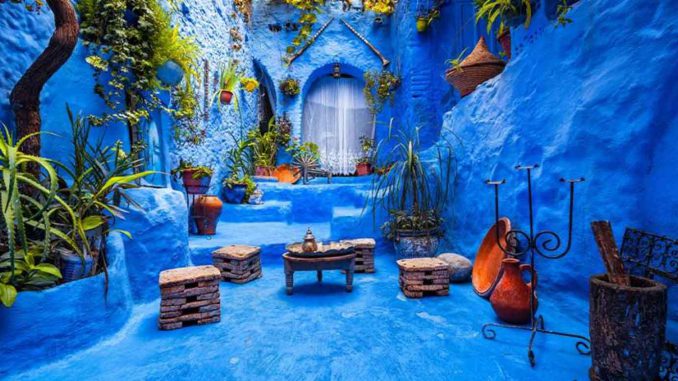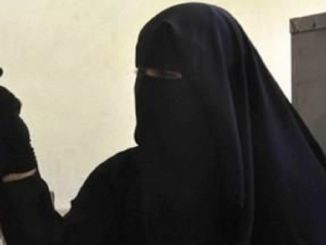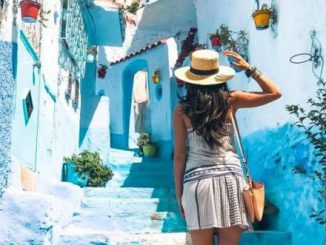
Chefchaouen, or Chaouen, as its inhabitants call it, is one of the most beautiful cities in Morocco, thanks in particular to its exceptional nature, its captivating blue color, and the extension of its lands in the heart of the Rif mountains.

The blue diamond, as it is called by people who like to go there, has ranked 6th among the most beautiful cities in the world, according to the ranking of international travel destinations, just as it has become one of the most attractive cities in terms of tourism in Morocco, Especially after its photos on “Instagram” were able to enjoy a considerable number of “likes”, especially regarding the medina which is full of cafes, shops, and typical squares, the most famous of which is the “Lawta” square, known for its carrier pigeons.
Chefchaouen is a peaceful and simple town. It seems to live outside the modern world. There are no large buildings or large avenues. It has preserved its narrow streets and blue painted walls. It is said that it was the Jews who settled there from Andalusia who chose this color in order to get closer to God and heaven. Thus, this color has remained until today, as a kind of testimony about the tolerance that reigns in this city that has welcomed, without distinction, Jews, Christians and Muslims.

Chefchaouen, to which the Moroccan artist Nouaman Lahlou offered one of his most beautiful songs, “Ya chaouen Ya Nawara”, was founded in 1471 by the fighter Moulay Ali ben Rached, the father of “Assayda Al horra” (the Free Lady) who ruled Tetouan during this period. It was built in the Andalusian architectural style to accommodate Jews and Muslims fleeing religious and ethnic cleansing in Andalusia, and to serve as military barracks to launch attacks against Portugal.

It was known for its Sufi culture as well as for the “Zaouias” (brotherhoods) that were found there in large numbers, such as the “Dillaiya”, the “Derkaouiya”, the “harrakiya”, the “Alamiya”, etc.

It is also known for the recipe of snails or “babouch” as well as for many tourist attractions that delight its visitors, such as “Ras Al-Ma”, the highest point from where an abundant waterfall starts, surrounded by a lush garden, or the Kasbah which serves as a cultural and artistic center where the products of traditional local crafts are displayed and where one can also discover the history of the city through the photos and paintings exhibited in the Ethnographic Museum.
The origin of the name “Chefchaouen”, comes from the Amazigh term “Ichaouen”, meaning horns, in reference to the peaks of the mountains that surround it.



Be the first to comment